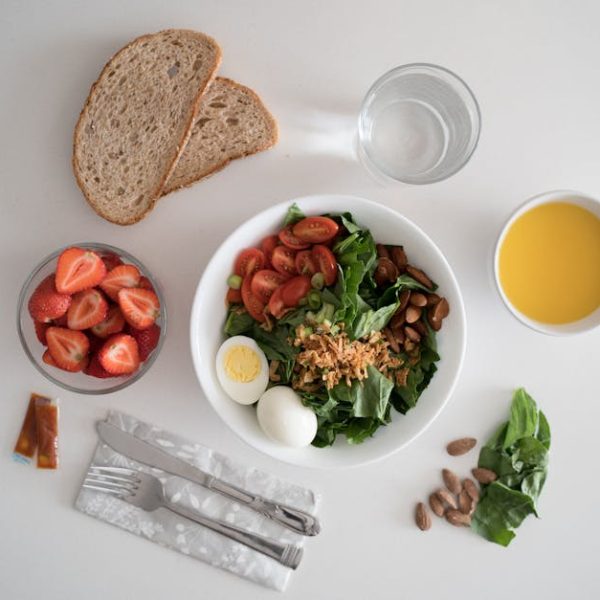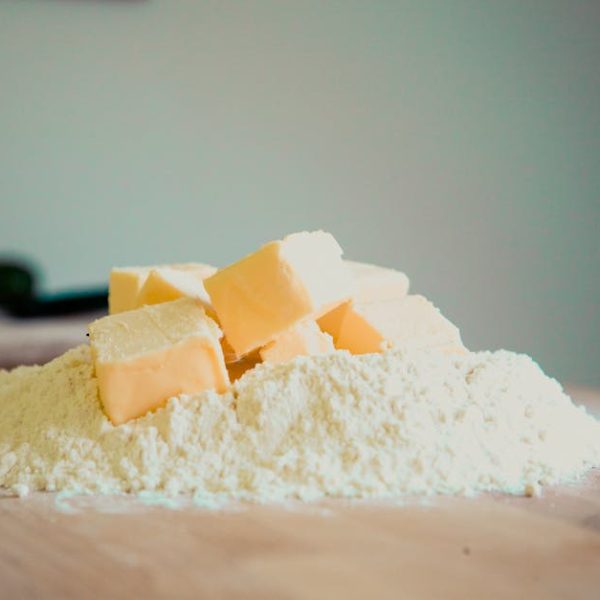Salad dressings, whether store-bought or homemade, are a tasty addition to any salad. Yet often, we’re left wondering about their shelf life. They can last anywhere between a few weeks to a good few months, depending on the ingredients used, how it’s stored, and whether it’s homemade or store-bought.
Understanding the Shelf Life of Store-Bought Salad Dressing
Store-bought salad dressings are generally crafted with a longer shelf life in mind. Their storage time can vary vastly depending on the type of dressing, with most offering a shelf life of at least a couple of months. Oil-based dressings typically last longer as oils are less susceptible to spoilage, while dairy-based dressings have a shorter lifespan due to the perishability of dairy products.
Refrigeration impacts how long salad dressing stays good. A dresser stored in the fridge can extend its life past the best-by-date provided on the label. However, it’s essential to keep any opened dressings refrigerated, particularly those with dairy or egg components.
Here are some estimates for different dressings:
- Ranch Dressing: 1-2 Months
- Caesar Dressing: 1-2 Months
- Italian Dressing: 3-4 Months
The Impact of Ingredients on Salad Dressing Shelf Life
The ingredients in your salad dressing significantly affect its longevity. Dressings containing vinegar or lemon juice, which are natural preservatives, tend to last longer. However, the ones that use mayonnaise or raw eggs may have a shorter shelf span as these ingredients spoil faster.
Let’s compare two popular dressings and their typical ingredients:
| Caesar Dressing | Italian Dressing |
|---|---|
| Raw Egg, Olive Oil, Lemon Juice, Anchovies, Garlic, Dijon Mustard | Vinegar, Olive Oil, Garlic, Onions, Bell Peppers, Herbs and Spices |
As we can see, Caesar dressing, typically made with raw eggs and anchovies, has ingredients prone to quicker spoilage, whereas Italian dressing, based on vinegar and oil, is more shelf-stable.
If you’re looking to extend the life of your homemade dressing, consider opting for vinegar-based dressings or olive-oil-based ones, as these ingredients bring a healthy shelf-life along with their flavors.
Identifying Spoiled Salad Dressing: Tell-Tale Signs
It’s important to be able to identify when a salad dressing is no longer safe to consume. Here are some tell-tale signs:
- Change in smell: If the dressing gives off a strong or sour odor, it’s time to toss it.
- Color shift: Any significant shift in color towards darker shades may indicate spoilage.
- Texture variation: If the dressing develops a curdled or lumpy texture, it’s not safe for consumption.
When in doubt, remember that it’s always better to err on the side of caution and discard the questionable dressing instead of risking food poisoning.
Shelf Life of Homemade Salad Dressing
Creating homemade salad dressings brings not only a finely-tuned, personalized flavor to your meals, but also gives you the power to use fresh and health-conscious ingredients. However, the downside to its freshness means it comes with a shorter shelf life. The shelf life of homemade dressing largely depends on what you’ve put in it and how you store it.
Homemade dressings using fresh ingredients and without any preservatives should be consumed within a week for optimum freshness and safety. However, oil/vinegar-based dressings might last two weeks, while mayonnaise or yogurt-based ones are best consumed within one week.
To safeguard your homemade dressing, it’s best to:
- Keep it stored in the refrigerator always.
- Use clean, dry utensils for any contact.
- Store in a clean and sanitized jar or bottle with a tight lid.
Safe Practices and Myths around Salad Dressing Shelf Life
There’s quite a bit of confusion and myths related to salad dressing shelf life and storage. One common misconception is that vinegar or oil-based dressings don’t need refrigeration. While it’s true these ingredients themselves are shelf-stable, once mixed with other ingredients, refrigeration is needed to maintain freshness.
Consuming spoiled salad dressing isn’t just unpleasant; it can also lead to foodborne illnesses. Therefore, always ensure your dressing looks, smells, and tastes right before using.
Here’s a fresh batch of salad dressing myths and the truth behind them:
- Myth: Lemon or vinegar-based dressings don’t need refrigeration.
- Reality: Regardless of the base, most dressings need refrigeration after opening to prevent spoilage.
Explore appropriate storage methods, regularly check for signs of spoilage, and when in doubt, play safe by tossing the dressing out. Your health is worth far more than a bottle of dressing, after all. So, enjoy your salads with fresh and safe dressings and stay healthy!
Key Takeaway:
- The shelf life of salad dressing depends on its ingredients and whether it’s store-bought or homemade.
- Store-bought dressings usually last longer, with oil-based dressings having the longest shelf life.
- Homemade dressings generally have a shorter shelf life due to the freshness of the ingredients used.
- The presence of fresh dairy products or eggs can reduce the shelf life of dressings.
- Salad dressings should be kept in the refrigerator and used within the periods specified in the article to ensure freshness and prevent foodborne illnesses.
Always take care to check your salad dressing for signs of spoilage, like a change in smell, color, or texture. By storing them properly and using them within their shelf life, you can enjoy the tangy kick they add to your salads without worry.
FAQs
Q: How can I extend the shelf life of my homemade salad dressing?
A: By using preservative ingredients like vinegar or lemon juice and storing your dressing in the refrigerator, you can extend its shelf life. Also, ensure that you use clean, dry utensils whenever you handle the dressing.
Q: Can I still use my salad dressing past its best-by date?
A: The best-by date is an indicator of peak freshness, not necessarily safety. Check the dressing for any signs of spoilage — if it looks, smells, and tastes okay, it’s likely safe to consume. However, if you have any doubts, it’s better to err on the side of caution and dispose of it.
Q: Are there any salad dressings that don’t need refrigeration?
A: Typically, all salad dressings need to be refrigerated after opening to prevent spoilage, regardless of their base. Even vinegar or oil-based dressings should be refrigerated once they’re mixed with other ingredients.
Q: What impact does refrigeration have on the shelf life of salad dressing?
A: Refrigeration slows down the growth of bacteria and molds, which are primary causes of food spoilage, thereby increasing the dressing’s shelf life. Plus, it ensures that the dressing’s flavor, texture, and nutritional value are preserved as much as possible.
Q: Can spoiled salad dressing lead to food poisoning?
A: Yes, consuming spoiled salad dressing can lead to food poisoning. If the dressing has been contaminated by harmful bacteria or molds, it could cause illnesses ranging from mild gastrointestinal discomfort to severe cases of food poisoning.
Feel free to share this article with friends and family, ensuring they too are informed about proper salad dressing storage. Explore more of our posts for additional insights and tips!






